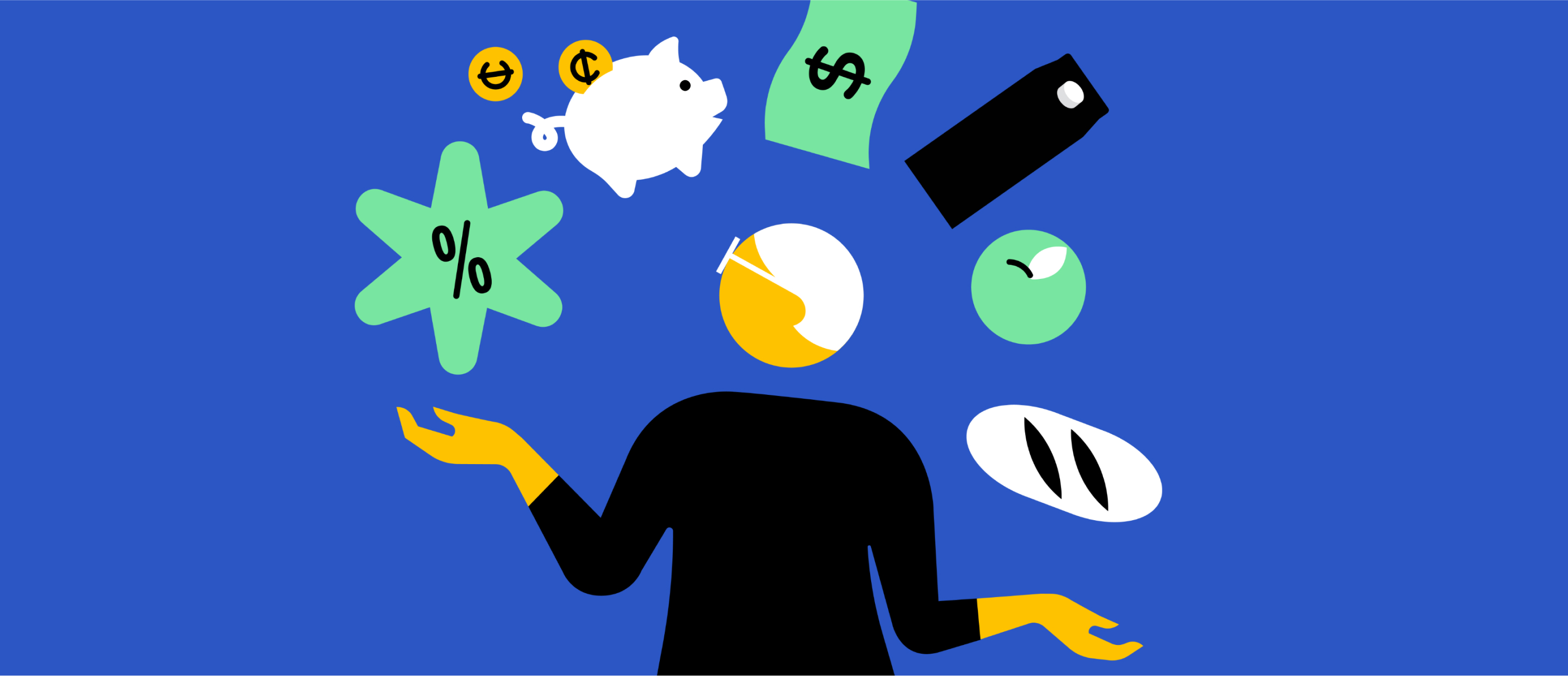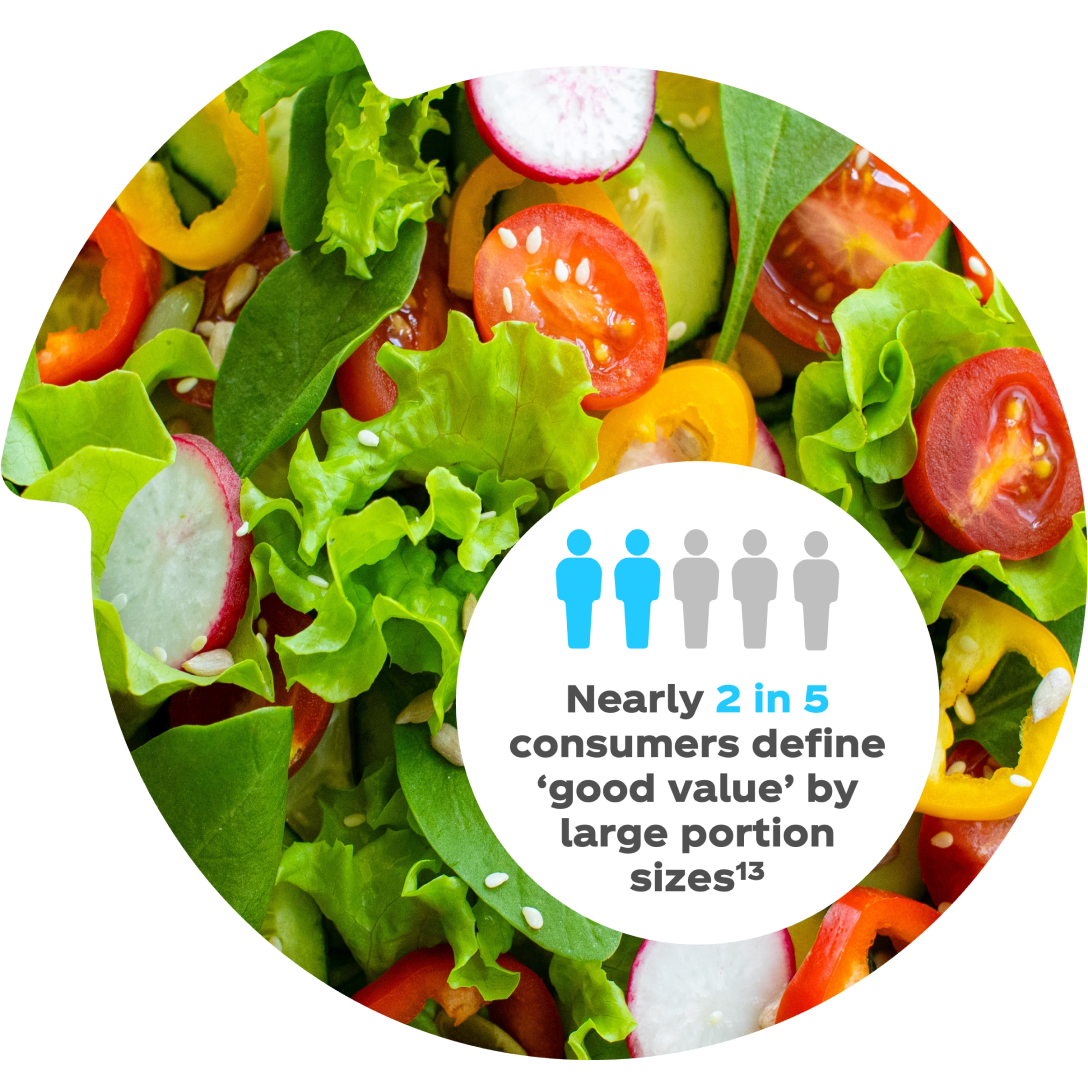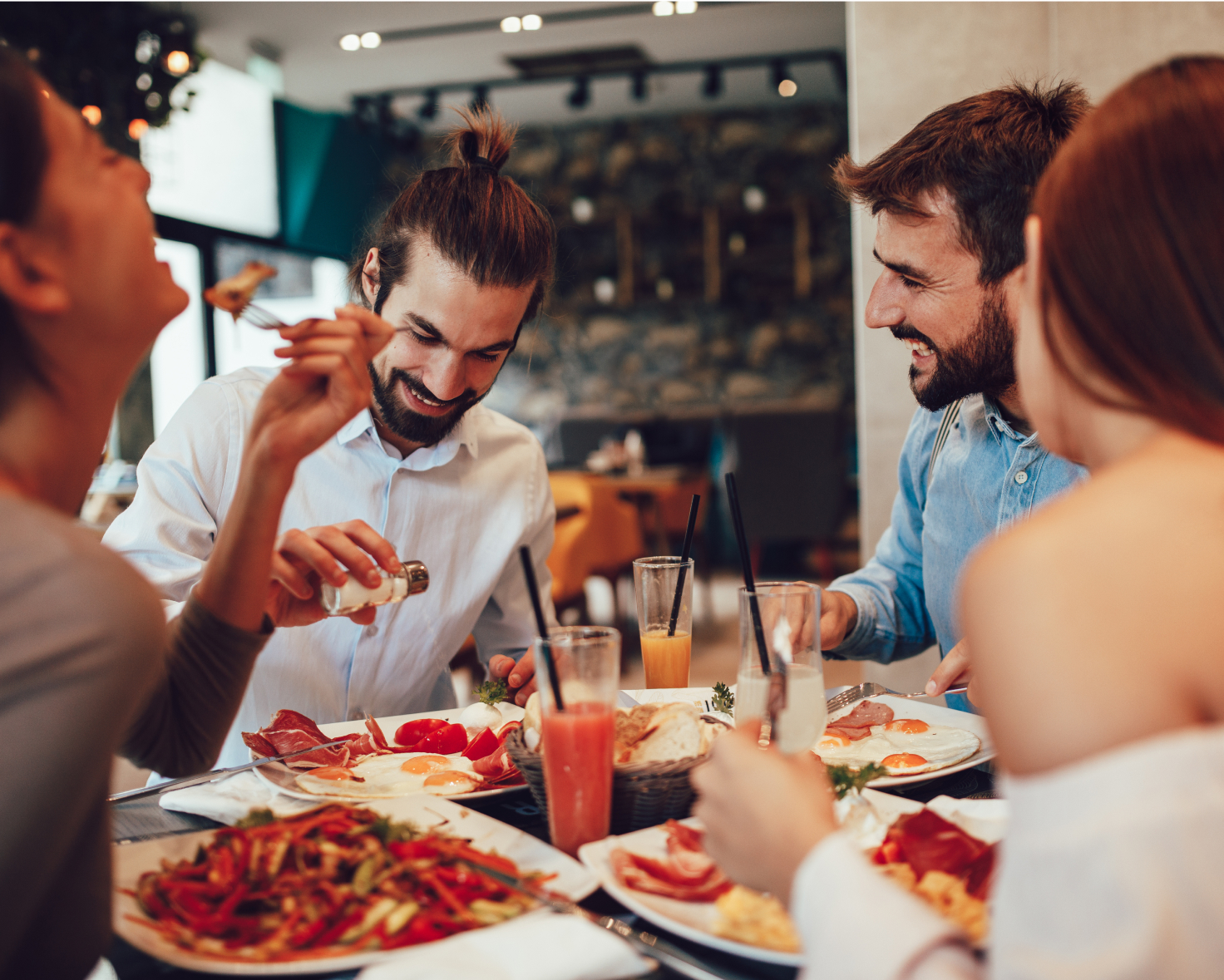View the regular version of this page.

the Current Economy
Although inflation has slowed, high prices continue to strain consumers' wallets. Many industries have felt the head of inflation, including food and beverage. However, grocery stores have experienced less of an impact than out of home food and beverage.¹ More than 2/3 of consumers are trading down from restaurant meals to food from the grocery store to avoid rising costs.²
Did you know...
Kevin McCallister bought milk, juice, laundry detergent, frozen dinners and more for $20 in the 1990’s “Home Alone” movie… in 2023 that same grocery list cost $72.28!³
A chart illustrating the impact of Takeout vs Making Food at Home: the savings of at-home cooking versus takeout are $2.21 for a spicy chicken sandwich, $8.39 for chicken tenders with fries, and $9.06 for a deluxe cheeseburger combo. This savings is even higher for cooking at-home versus delivery: $8.54 for a spicy chicken sandwich, $16.26 for chicken tenders with fries, and $19.26 for a deluxe cheeseburger combo.
connecting with consumers
While consumers still look at price, it is no longer the only influencing factor driving purchasing decisions. Contemporary notions of value may include:
- Bundles
- Discounts/Specials
- Quality/Taste
- Quantity/Portion Size
- Variety
- Convenience
- Loyalty Programs
- Service/Experience
Integrating a balance of these key notions may help you excite new customers and continue to bring value to current customers.⁵

bundles, discounts & Specials
Finding a balance between bundles and discounts creates the most value for your consumer.
BUNDLES
Bundles are about more than just the deal
A discount isn't the sole driving factor in consumer purchases. Studies show that staying below budget or the quantity within a bundle has nearly as much impact as the discount itself. While most consumers (80%) expect a discount, nearly half would buy a bundle even without one.⁶
DISCOUNTS & SPECIALS
Consumers enjoy the chase of bargain hunting
Consumers eagerly seek out good deals—to the point where it influences their dining choices. 70% will go out of their way to save money, while 51% say a coupon or discount motivates them to try a new restaurant.⁷ On top of that, 65% are willing to download restaurant apps for exclusive offers.⁸ It's worth noting that "specials" aren't always about money. Digital-exclusive menu items, early access to seasonal offerings, and Limited-Time Offers (LTOs) can create a perception of value without directly affecting price.⁹
Quality and quantity
While many consumers seek good bargains, they're often willing to pay more for higher-quality products and trusted brands.¹⁰ ¹¹ Quality ranks second only to cost when consumers decide where to order. With the rise of health-conscious consumers, there's an opportunity to expand healthier menu options.¹²
However, consumers also value quantity, often equating good value with large portion sizes. They may even try to "hack" the menu to maximize both quality and quantity. In a culture that prizes abundance, portion sizes become a crucial consideration for restaurants. By adding more value-inclusive and health-friendly options—like offering a side salad as well as the usual fries—consumers can create a win for their wallet and well-being.

Infographic of supporting data for variety: 1in 3 global consumers say they’re intrigued by new, unique, different flavors, nearly 15% of consumers will pay more to customize menu items, and 1 in 4 Gen Z snack occasions happen for stress relief.
variety
Value goes beyond just the number of menu items available. When we think of variety, we often imagine an abundance of options. However, today's concept of variety is more nuanced.
Some diners crave new and unique flavors,¹⁴ while others seek comfort in familiar tastes.¹⁵ Health-conscious consumers are increasingly looking for customizable options to suit their dietary needs.¹⁶ Snacking is also on the rise, with 50% of Americans consuming three or more snacks daily.¹⁷ Given these trends, prioritizing diversity in menu offerings is crucial.
convenience & Loyalty
In today's competitive market, offering convenient options like online ordering, delivery, and easy payment methods can significantly set a restaurant apart from its rivals. Modern diners now expect convenience as a standard part of their eating experience. With hectic lifestyles, they value the ability to order food quickly and easily without the hassle of waiting in line or making phone calls.
Digital ordering isn't just a plus for consumers—it benefits restaurants too. Eateries can seamlessly integrate mobile orders into their workflow, eliminating manual order-taking. This integration reduces errors and miscommunication, ensuring orders are accurate and prompt.
Loyalty programs can also create additional value for the customer through discounts and rewards. Nearly 75% of consumers used 1-4 loyalty programs regularly.²⁰
A photo of a hand holding a phone with data: 61% of consumers order food digitally at least once a week, 40% of consumers prefer to order through a restaurant app or website. Additionally, the art shows desired loyalty program rewards: 63% want free food/drink, 57% want discounts, and 50% want cashback.
consumer service & Experience
Creating unique dining experiences is crucial for delivering exceptional value. Clean spaces, prompt service, and friendly staff enhance meal enjoyment and memorability. Customers are often willing to pay more for these quality experiences. Personalizing products, services, and interactions to individual preferences makes patrons feel valued and understood, boosting satisfaction. In fact, nearly half of consumers increase their spending when experiences are tailored to their liking.²⁴

Consumers are redefining what "value" means to them—our challenge is to understand and meet these evolving expectations.
Source: 1) Nrn.com, Restaurants Vs Grocery Store: Who is Winning in the Stomach Competition? 2) Talkbusiness.net, Survey: Consumers Reduce Restaurant Visits, Eat More Meals at Home 3) Foxnews.com, Home Alone Fans Are Shocked by 250% Increase in Grocery Store Prices 4) Cnet.com, How Much Cheaper is Cooking at Home Than Takeout? We do the Math 5) Strata Research, 2024 fielded December 2023 (Traffic Driving report, p.12) : 6) YouGov, Custom Bundle Research Quant Survey fielded Aug 2022. Base: US Monthly+ QSR visitors | QSR Base = 2,330 – Value Assessment Toolkit (p.15) 7) Touchbistro.com, 81 Restaurant Statistics for 20248) Linkedin.com, Reasons Why Your Restaurant Needs a Useful Mobile App 9) Coca‑Cola Refreshing Insights Impacts of Price Survey, n=402 10) Marketingcharts.com, More Consumers Say They’d Pay a Premium for Trusted Brands 11) Coca‑Cola 2024 Refreshing Insights Impacts of Price Survey, n=402 12) Sharethis.com, Food and Beverage Consumers are More Health-Conscious Than Ever Before 13) Technomic Consumer Trends Report 2023 U.S. Value & Pricing, Fielded May 2023 – Value Assessment Template Toolkit (p.9) 14) Consumer Food Trends for Global Flavor Adventure 15) Franchisewire.com, Why Fast Food Franchises Use Nostalgia to Lure Customers 16) Restaurantbusinessonline.com, 2024 is Well Underway, But Forecasters are Still Predicting What’s Ahead 17) Specialtyfood.com, Consumers Crave Snacking Moments 18) Coca‑Cola 2024 Refreshing Insights Impacts of Price Survey, n=402 19) Technomic, US, 2022 20) Coca‑Cola 2024 Refreshing Insights Impacts of Price Survey, n=402 21) Kantar, Inclusive 2022 digital study via “The Evolution of Restaurant Digital Sites and Apps” published January 2023. 22) Restauranttechnologynews, Research: Consumer Delivery and Takeout Order Preference 23) Kantar Profiles/Mintel, February 2024 24) Forbes.com, Top Experience Trends in 2024
Want to see more?
Discover more through the lens in the articles below.